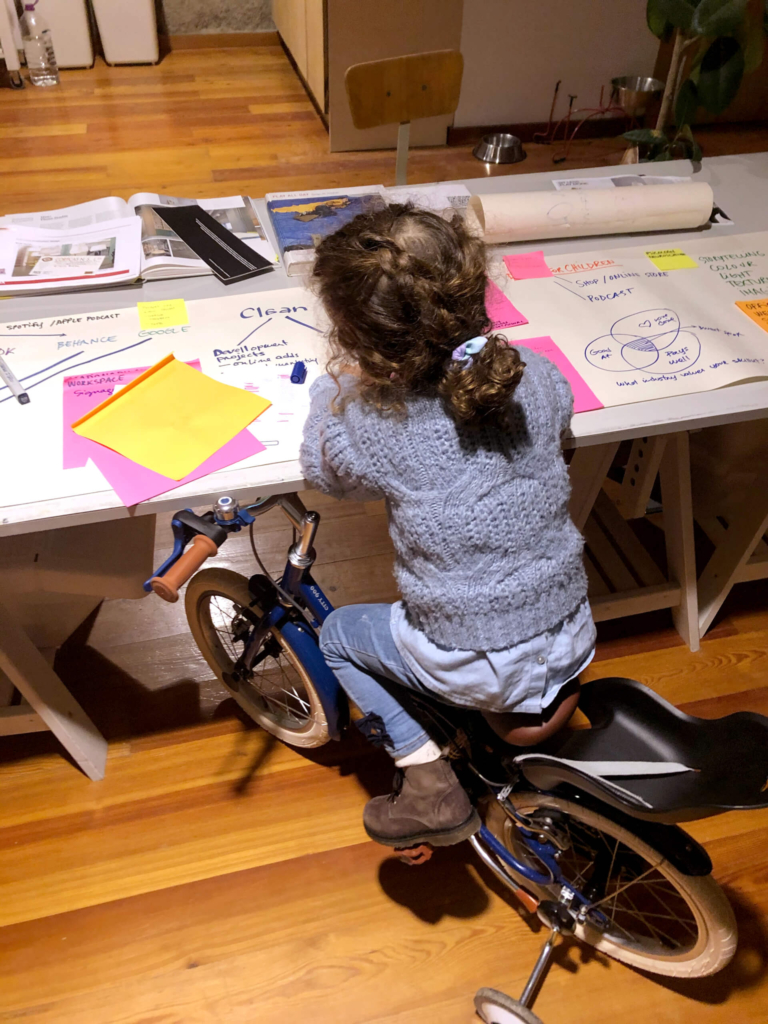“Most people who care about child development know nothing about design, and most people who design know nothing about child development”
Engaging children as stakeholders in the design process brings positive outcomes.
Designing for children must therefore include designing with children through a participatory design process by engaging them as experts.

Designers and engineers create products and interfaces for children based on interpretations, paradigms and child studies that don’t provide them with all the information needed to match the needs and expectations of the end-users.
“Most people who care about child development know nothing about design, and most people who design know nothing about child development” — Roger Hart
Adults’ and children’s cognitive abilities are different. Children think differently than adults, they don’t see the world the same way, they don’t think about constraints such as time, costs or safety, all ideas are valid from the beginning. Their unbiased creativity potentiates the idea-generation. Adults’ concerns are valid, but they limit creativity and therefore hinder the design process.
Engaging children as stakeholders in the design process brings positive outcomes such as valuable end-users insights and user engagement, idea-generation and rapid concept development, new knowledge acquisition, innovative design solutions, social and emotional inclusion, new domains of collective creativity, and more sustainable ways of living.
We live in an adult-centered society where children lack control over their daily lives and are, most of the time, excluded from the decisions which regard their own interests and ways of life. Most decisions belong exclusively to adults who choose what is in their best interest; the child only has a passive role. Children are experts in their own lives and when they move towards the role of the designers through participatory methodologies as co-designers there is a potential transformation.
Decision-making policies are slowly changing and becoming more friendly to children. The right of all children to be heard, taken seriously, and participate constitutes one of the fundamental values of the UN Convention on the Rights of the Child and one of the main principles that form a new attitude toward children.
Children are active individuals in the learning process, acting much like designers or scientists as they perform experiments with a hands-on approach, make observations, and learn about the world. As children interact with the world around them, they continually add new knowledge, build upon existing knowledge, and adapt previously held ideas to accommodate new information. Co-designing with end-users enriches the design process and for children, the journey is as important as the destination, which makes them great co-designers and co-researchers.
By observing children, designers can easily translate field data into usable insights. Co-designing requires sensibility and child psychology insights or training for designers to observe without interference, promote dialogue with and between children, actively listen to children’s views, and pay attention to their non-verbal signals and way of thinking.
Children’s ideas, experiences and actions are valuable contributions and allow designers to understand and address their concerns. Designing for children must therefore include designing with children through a participatory design process by engaging them as experts. To gain a better understanding of children’s needs and views, and thus to gain fresh insights, designers must engage with their ideas and points of view in a child-centered design operating model. This approach focuses on empathy and user research techniques and builds direct relationships with the stakeholders, children.
When children become protagonists of the design process and research partners, everybody wins, society wins. Children accommodate everyone in their designs, when children design they design for all. Paraphrasing Mara Mintzer, co-founder of Growing Up Boulder, on a TED Talk, children design for living creatures rather than vehicles, egos, or corporations, and they always include joy, play, and movement in their designs, which adults do not prioritize but are essential for a healthy life.
